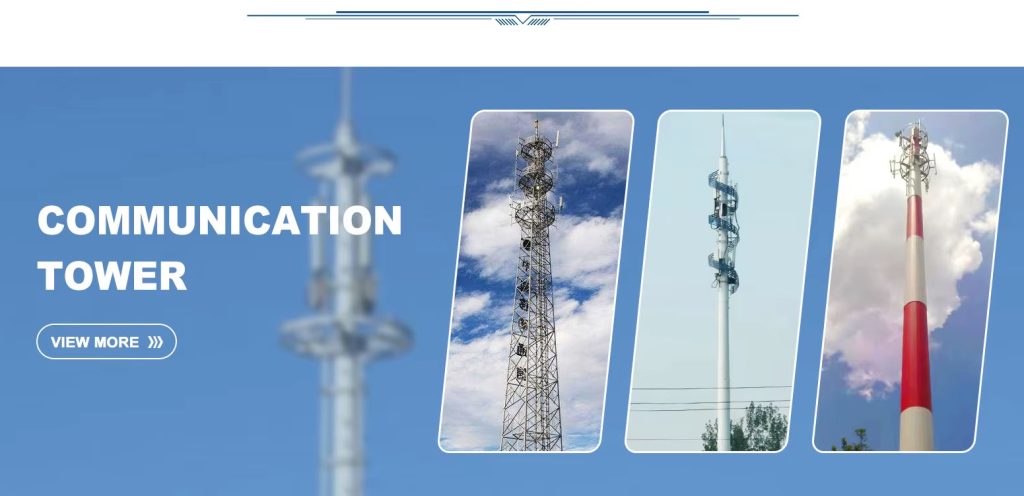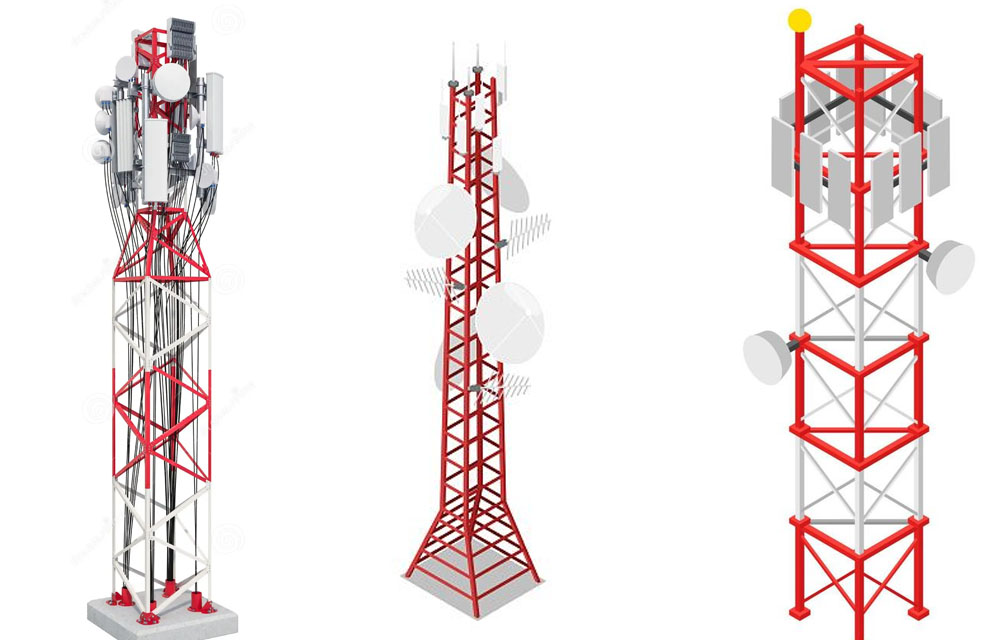Mobile Antenna Tower: Everything You Need to Know
2025-01-27
In the age of rapid technological advancements, communication has become the backbone of modern society. At the heart of this seamless communication lies an essential infrastructure: the mobile antenna tower. These towers are the silent heroes, enabling mobile connectivity, internet access, and the expansion of networks like 5G. This article dives deep into everything you need to know about mobile antenna towers, from their definition and components to applications and future trends.

What is a Mobile Antenna Tower?
A mobile antenna tower, often referred to as a cell tower or communication mast, is a structure designed to support antennas and other telecommunications equipment. These towers facilitate wireless communication by transmitting and receiving signals between mobile devices and the network. Mobile antenna towers are the backbone of cellular networks, enabling services like voice calls, text messaging, and high-speed internet.

Key Components of a Mobile Antenna Tower
Mobile antenna towers are intricate systems composed of several essential parts. Here are the key components:
- Tower Structure:
- The physical tower, which can be a lattice, monopole, or guyed design, provides the necessary height to ensure optimal signal coverage.
- Antennas:
- These are the most critical components, responsible for transmitting and receiving radio signals. Antennas are usually mounted at the top of the tower.
- Base Station Equipment:
- Includes cabinets or shelters that house electronic equipment like amplifiers, signal processors, and power supplies.
- Power Systems:
- Towers require a reliable power source, often supported by backup generators or batteries to ensure uninterrupted operation.
- Feeder Cables:
- Connect antennas to the base station equipment, enabling the transmission of signals.
- Grounding Systems:
- Protect the tower and equipment from lightning strikes and electrical surges.
Types of Mobile Antenna Towers
- Monopole Towers:
- Slim, single-pole structures ideal for urban areas with limited space.
- Lattice Towers:
- Sturdy, open-frame structures capable of supporting heavy equipment, commonly used in rural areas.
- Guyed Towers:
- Supported by guy wires, these towers are cost-effective and suitable for tall installations in open areas.
- Camouflaged Towers:
- Designed to blend with the environment, often disguised as trees, flagpoles, or other structures.
Applications of Mobile Antenna Towers
Mobile antenna towers play a crucial role in various industries and applications:
- Telecommunication Networks:
- Provide coverage for mobile phones and internet devices, supporting services like 4G, 5G, and IoT connectivity.
- Emergency Communication:
- During natural disasters or emergencies, temporary mobile towers are deployed to restore connectivity quickly.
- Rural and Remote Areas:
- Enable connectivity in underserved regions, bridging the digital divide.
- Events and Temporary Setups:
- Mobile towers are often used at large events, concerts, and festivals to handle increased network demand.
- Military and Defense:
- Support secure communication in remote or strategically important locations.
Benefits of Mobile Antenna Towers
- Enhanced Connectivity:
- Improve signal strength and quality, ensuring seamless communication for users.
- Support for Advanced Networks:
- Enable the deployment of 5G and other high-speed networks.
- Economic Growth:
- Facilitate business operations, remote work, and e-commerce in both urban and rural areas.
- Disaster Recovery:
- Provide critical communication during emergencies, ensuring public safety and coordination.
Challenges in Mobile Antenna Tower Deployment
Despite their benefits, deploying mobile antenna towers comes with challenges:
- Regulatory Approvals:
- Obtaining permits and adhering to zoning regulations can be time-consuming.
- Environmental Impact:
- Concerns over visual pollution and potential harm to wildlife, especially birds.
- Public Opposition:
- Fear of health risks associated with electromagnetic radiation, despite scientific evidence proving otherwise.
- Maintenance Costs:
- Regular upkeep and repairs require significant investment.
- Site Selection:
- Finding suitable locations that offer optimal coverage while minimizing impact can be difficult.
Future Trends in Mobile Antenna Towers
- 5G Expansion:
- The rollout of 5G networks demands higher tower density to support faster speeds and lower latency.
- Green Towers:
- Eco-friendly designs incorporating renewable energy sources like solar panels and wind turbines.
- Small Cell Technology:
- Deployment of smaller, low-power antennas to complement traditional towers in dense urban areas.
- Smart Towers:
- Integration of IoT and AI for real-time monitoring and predictive maintenance.
- Camouflaging Innovations:
- Improved designs to minimize visual impact and blend seamlessly with surroundings.
How to Optimize a Mobile Antenna Tower Installation
- Site Analysis:
- Conduct thorough surveys to identify locations with optimal coverage potential.
- Advanced Equipment:
- Invest in high-quality antennas and base station equipment to ensure reliability and performance.
- Regular Maintenance:
- Implement a preventive maintenance schedule to avoid unexpected outages.
- Community Engagement:
- Address public concerns through transparent communication and educational campaigns.
- Compliance with Standards:
- Adhere to local and international regulations for safety and environmental impact.
Conclusion
Mobile antenna towers are indispensable for modern communication networks, enabling connectivity and fostering innovation. As technology evolves, these towers will continue to play a pivotal role in supporting advanced networks like 5G and bridging the digital divide. By addressing challenges and embracing future trends, the mobile antenna tower industry can ensure sustainable growth and enhanced connectivity for all.
.

Hey, I’m Chunjian Shu
"X.Y. Tower: Reliable, innovative solutions for high-quality towers and electrical equipment with professional service.
